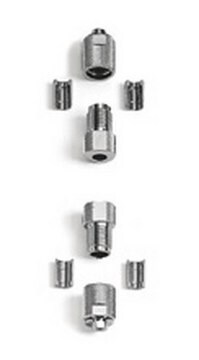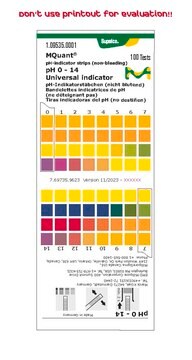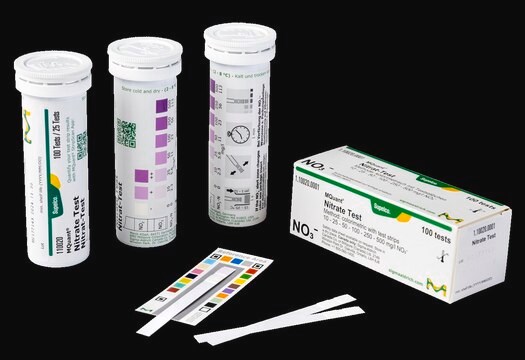1.50847
LiChrospher® 100 RP-8 endcapped (10 µm) HPLC Columns
L x I.D. 250 mm x 4 mm, LiChroCART® HPLC cartridge, manuCART™ holder required for use
Sinónimos:
TM=["LiChrospher"] C8 TM=["LICHROCART"] cartridge for HPLC
About This Item
Productos recomendados
product name
LiChrospher® 100 RP-8 endcapped (10 µm) LiChroCART® 250-4, suitable for HPLC
material
stainless steel column
Quality Level
agency
suitable for USP L7
product line
LiChrospher®
feature
endcapped
parameter
250 bar pressure
60 °C max. temp.
technique(s)
HPLC: suitable
mass spectrometry (MS): suitable (Low - Medium)
column L × I.D.
25 cm × 4 mm
surface area
350 m2/g
matrix
fully porous particle
matrix active group
C8 bonding phase
particle size
10 μm
pore size
100 Å pore size
operating pH range
2-7.5
separation technique
reversed phase
storage temp.
no temp limit
Categorías relacionadas
General description
Application
- Isolation of Tetracyclines in Milk Using a Solid-Phase Extracting Column and Water Eluent.: This study utilizes LiChrospher® 100 RP-8 endcapped (10 µm) LICHROCART® 250-4 for the isolation of tetracyclines from milk samples, demonstrating its efficiency and reliability in dairy product analysis (Furusawa, 2003).
- Rapid and Simple Determination of Oxytetracycline in Chicken Products.: The research highlights the application of LiChrospher® 100 RP-8 endcapped (10 µm) LICHROCART® 250-4 in the rapid determination of oxytetracycline residues in poultry, ensuring food safety and compliance with regulatory standards (Furusawa, 1999).
- Rapid Liquid Chromatographic Determination of Oxytetracycline in Milk.: This paper demonstrates the use of LiChrospher® 100 RP-8 endcapped (10 µm) LICHROCART® 250-4 for the quick and accurate quantification of oxytetracycline in milk, facilitating effective monitoring of antibiotic residues in dairy products (Furusawa, 1999).
Analysis Note
Theoretical Plates (N/m) (Toluene): ≥ 20000
Symmetry (Toluene): 0.8 - 1.4
Capacity factor (Toluene): 0.8 - 2.0
Legal Information
Certificados de análisis (COA)
Busque Certificados de análisis (COA) introduciendo el número de lote del producto. Los números de lote se encuentran en la etiqueta del producto después de las palabras «Lot» o «Batch»
¿Ya tiene este producto?
Encuentre la documentación para los productos que ha comprado recientemente en la Biblioteca de documentos.
Nuestro equipo de científicos tiene experiencia en todas las áreas de investigación: Ciencias de la vida, Ciencia de los materiales, Síntesis química, Cromatografía, Analítica y muchas otras.
Póngase en contacto con el Servicio técnico



